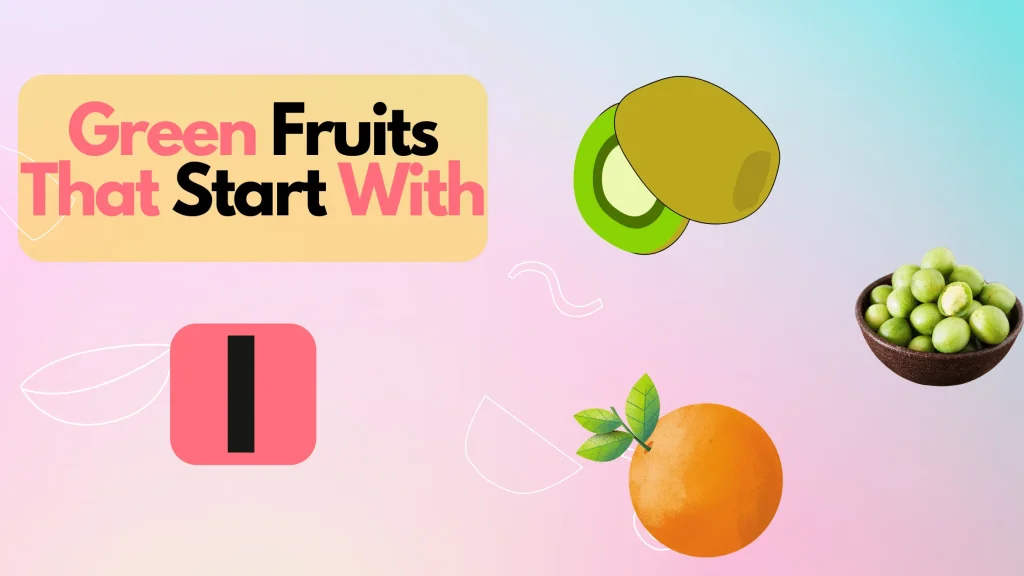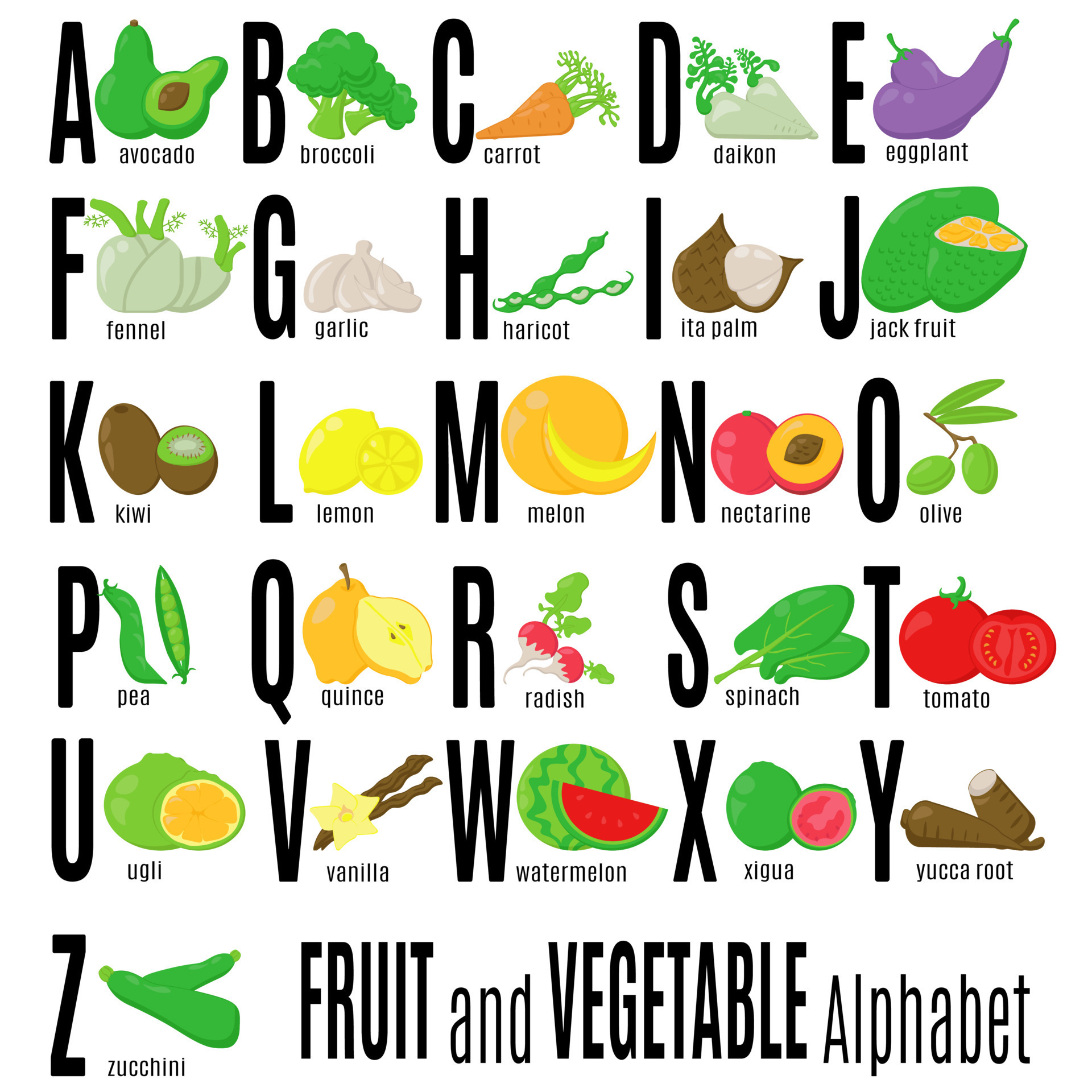Fruit That Starts With I: From the familiar to the exotic, the world offers a surprising variety of fruits whose names begin with the letter “I.” This exploration delves into the nutritional benefits, culinary uses, cultural significance, and economic impact of these often-overlooked fruits, revealing a fascinating story of global agriculture and cuisine.
This article will uncover lesser-known “I” fruits, detailing their origins and unique properties. We’ll explore their nutritional profiles, comparing vitamin content and caloric values. We will also examine their diverse culinary applications, from traditional recipes to modern gastronomic innovations, and discuss their cultural symbolism and economic importance in various regions worldwide.
Fruits Starting with “I”: A Global Exploration
From the familiar to the exotic, the world offers a surprising variety of fruits whose names begin with the letter “I”. This exploration delves into the identification, nutritional value, culinary uses, cultural significance, and economic impact of these diverse fruits, offering a comprehensive overview of their global presence.
Identifying Fruits Starting with “I”, Fruit That Starts With I
A surprisingly diverse range of fruits commence with the letter “I”. This list includes both commonly known and lesser-known varieties, highlighting their global distribution.
- Ice Cream Bean
- Ilama
- Imbe
- Indian Jujube
- Indian Gooseberry
Lesser-known examples include the Ilama, a fruit native to South America, and the Imbe, found primarily in West Africa. These fruits offer unique flavor profiles and nutritional benefits, often underutilized in global markets.
Geographical origins are diverse. The Indian Gooseberry ( Phyllanthus emblica) is native to the Indian subcontinent, while the Ice Cream Bean ( Inga edulis) thrives in the tropical regions of Central and South America. The Indian Jujube ( Ziziphus mauritiana) originated in India and has spread across many tropical and subtropical regions. The Ilama ( Myrciaria dubia) is native to the Amazon basin, and the Imbe ( Garcinia livingstonei) is indigenous to parts of central and southern Africa.
These examples demonstrate the wide geographical spread of “I” fruits.
Nutritional Aspects of “I” Fruits
Many fruits starting with “I” are packed with essential vitamins, minerals, and antioxidants. This section highlights the nutritional profiles of several examples.
The Indian Gooseberry is exceptionally rich in Vitamin C, significantly exceeding the amount found in oranges. Imbe fruit is a good source of Vitamin C and various antioxidants. Ice cream beans are a source of dietary fiber.
A comparison of Vitamin C content reveals that the Indian Gooseberry significantly surpasses the Imbe in terms of Vitamin C concentration per serving.
| Fruit | Calories (per 100g) | Fiber (per 100g) |
|---|---|---|
| Indian Gooseberry | 60 | 6g |
| Imbe | 75 | 4g |
| Ice Cream Bean | 80 | 5g |
| Indian Jujube | 70 | 3g |
Infographic Description: The infographic visually represents the health benefits of consuming “I” fruits. It features a vibrant collage of the fruits themselves, with icons illustrating key nutrients like Vitamin C, fiber, and antioxidants. Text boxes highlight specific health benefits, such as boosting immunity and improving digestive health. A color scheme emphasizing greens and yellows creates a natural and appealing visual effect.
Culinary Uses of “I” Fruits

Source: czimers.com
The culinary applications of “I” fruits are diverse, ranging from sweet to savory preparations. Texture and flavor significantly influence their use in various dishes.
Indian Gooseberries are often used in chutneys and pickles, benefiting from their tart flavor. Imbe fruit can be consumed fresh, or used in jams and jellies, its slightly acidic taste adding a unique twist. The Ice Cream Bean pulp is sweet and often eaten fresh or added to desserts. The Indian Jujube is versatile, consumed fresh, dried, or made into juices and preserves.
Ilama fruit can be used in jams and juices.
Recipe Example 1: Indian Gooseberry Chutney – A simple recipe combines Indian gooseberries, ginger, garlic, chilies, and spices for a tangy condiment.
Recipe Example 2: Imbe Fruit Jam – A sweet and slightly tart jam made by simmering Imbe fruit with sugar and lemon juice.
Several fruits begin with the letter “I,” including the iconic Indian mango. However, a somber reflection on the transience of life is offered by reviewing the recent obituaries, readily accessible via the patriot ledger obits website. This reminds us that while we enjoy the sweetness of fruits like the Imbe fruit, life’s journey is finite, emphasizing the importance of cherishing each moment.
Recipe Example 3: Ice Cream Bean Smoothie – A refreshing smoothie using the sweet pulp of the Ice Cream Bean combined with yogurt and other fruits.
The texture of Indian Gooseberries, for example, lends itself well to chutneys and pickles due to its firmness. The softer texture of Ice Cream Bean pulp makes it ideal for smoothies and desserts.
- Eat fresh
- Make juice
- Include in smoothies
- Use in jams and jellies
- Prepare chutneys
Cultural Significance of “I” Fruits
Certain “I” fruits hold deep cultural significance in various regions.
The Indian Gooseberry ( Amla) is revered in Ayurvedic medicine and holds a prominent place in Indian culture. It is often used in traditional ceremonies and is associated with health, longevity, and spiritual purity.
The Indian Gooseberry, or Amla, is not just a fruit; it is a symbol of health, longevity, and spiritual purity in many Indian traditions. Its use in religious ceremonies and its prominent role in Ayurveda highlight its deep cultural significance.
Economic Impact of “I” Fruits
The cultivation and trade of “I” fruits contribute significantly to the economies of several regions globally.
The Indian Gooseberry industry in India is a significant source of income for farmers and contributes to the country’s agricultural economy. Global production levels vary widely depending on the specific fruit and the environmental conditions in different regions.
| Fruit | Region | Annual Production (Estimate) | Economic Contribution |
|---|---|---|---|
| Indian Gooseberry | India | High | Significant contribution to agricultural income |
| Imbe | Sub-Saharan Africa | Moderate | Supports local economies and food security |
Climate change poses a significant threat to the production of many fruits, including the Indian Gooseberry. Changes in temperature and rainfall patterns can affect yields and quality, impacting both farmers’ livelihoods and the availability of this important fruit.
Final Summary: Fruit That Starts With I

Source: vecteezy.com
The journey into the world of fruits starting with “I” reveals a rich tapestry of flavors, cultures, and economic realities. From the nutritional powerhouse of the ice cream bean to the cultural significance of the imbe fruit, these fruits offer a compelling case study of the interconnectedness of agriculture, cuisine, and global trade. Further research into these lesser-known fruits promises to unlock even more exciting discoveries in the realm of food and culture.
